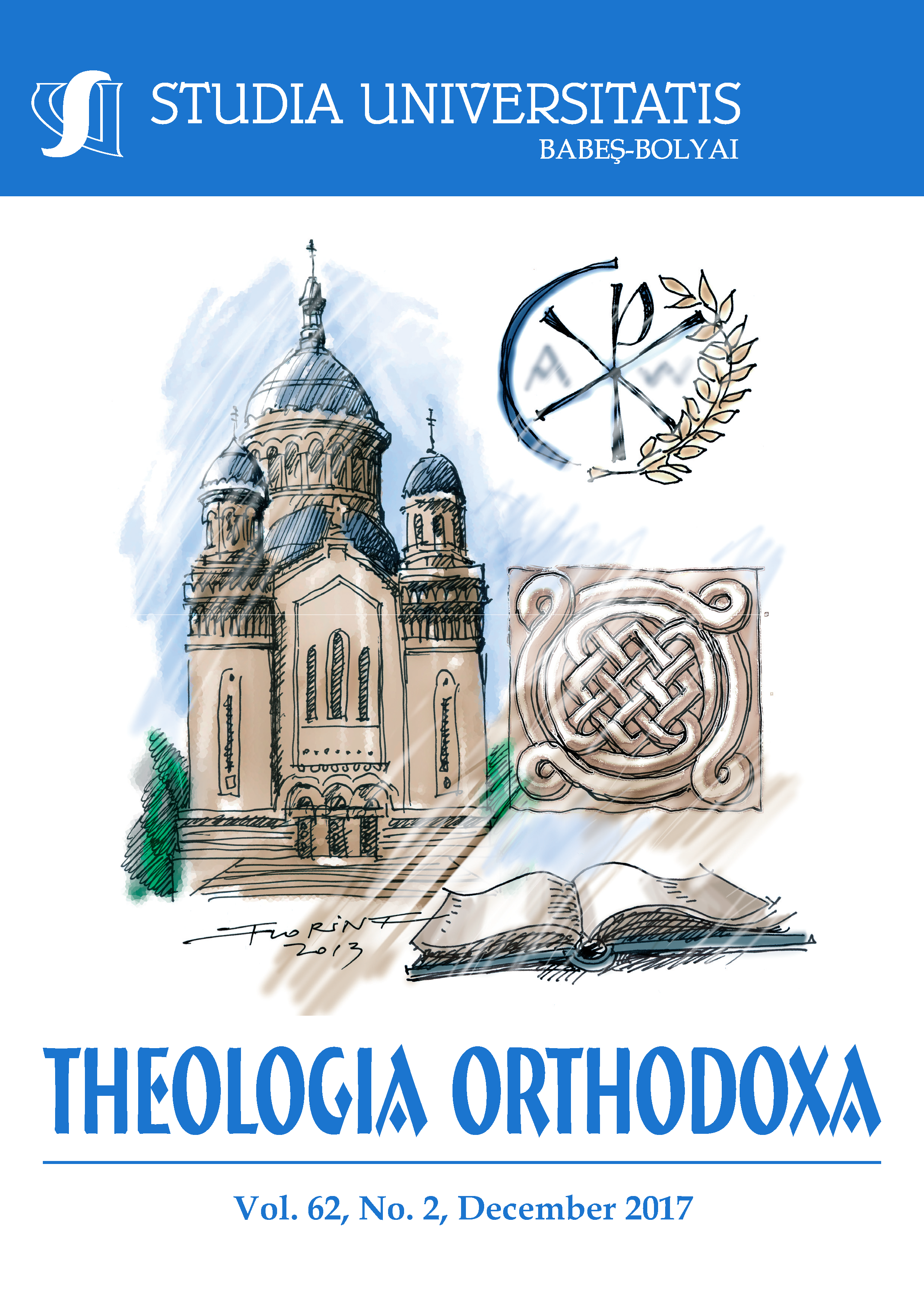THE FIRST DOGES OF VENICE, REPRESENTATIVES OF THE BYZANTINE ADMINISTRATION
DOI:
https://doi.org/10.24193/subbto.2017.2.05Keywords:
Venice, Byzantine Empire, Doges, Middle AgesAbstract
The purpose of this study is to present the origins of the Venetian rulers and the relationship of the first doges with the Byzantine Empire. The fact that the first doges were officials of the Byzantine administration is an obvious form of Byzantine civilization over Venice. On the other hand, the accentuation of the Byzantine matrix of the Venetian doge is capable of shedding light on the role the doges have had in universal history. The fact that the Doges adopted the ideological hegemony of the Byzantine emperors, as well as numerous forms of protocol and ceremony, inspired the Venetian rulers to impose the North-Adriatic state as the main economic force of the Mediterranean Sea. The special status that Venice acquired on the Byzantine route explains today’s separatist tendency of the Veneto region, which also includes Venice. As all these tendencies find the answer in the past, it is necessary to research some important aspects of the relationship between Byzantium and Venice during the Middle Ages.
References
Biasi, Mario di. La cronaca veneziana di Giovanni Diacono, vol. I. Venezia: Ateneo Veneto, 1986.
Carile, Antonio. La Romania dalla Venetiarum Provincia alla Signoria di Venezia. In Porphyra, V (2008), No. 11, Venezia: Associazione Culturale Bisanzio, 18-45.
Cessi, Roberto. Storia della Republica di Venezia, Firenze: Giunti Martello, 1981.
Daru, Pierre. Histoire de la Republique de Venise, vol. I. Paris: Imprimeurs de L’Institut de France, 1853.
Gasparri, Stefano. Venezia fra i secoli VIII e IX. Una riflessione sulle fonti. In Studi veneti offerti a Gaetano Cozzi, edited by Gherardo Ortali. Venezia: Publishing House, 1992, 3-18.
Heyd, Wilhelm. History of sea trade in the Middle Age. Leipzig: Otto Harrassowitz, 1885.
Iorga, Nicolae. Cinci conferințe despre Veneția. Ediția a II-a. Vălenii de Munte: Așezământul de Tipografie Datina Românească, 1926.
Iorga, Nicolae. Études Byzantines, vol. I-II. Bucureşti, 1939-1940.
Iorga, Nicolae. Les commencements de Venise. In Bulletin de la Section Historique, tomes XVIII. București, 1932, 3-33.
Iorga, Nicolae. Relations entre l’Orientet l’Occident. Paris, 1923.
Falkenhausen, Vera von. The Byzantine domination of Southern Italy from the IXth to the XIth centuries. Bari: Ecumenica Editrice, 1978.
Madden, Thomas F. Venice: A New History. London: Viking Penguin, 2012.
Marin, Şerban. Giustiniano Partecipazio şi reprezentarea primei ambasade veneţiene la Constantinopol în cronistica Serenissimei. In Studii veneţiene. vol. I, Veneţia, Bizanţul şi spaţiul românesc. București: Editura Academiei Române, Bucureşti, 2008, 78-93.
Ravegnani, Giorgio. Bisanzio e Venezia. Bologna: Il Mulino, 2006.
Ravegnani, Giorgio. Il doge di Venezia. Bologna: Il Mulino, 2013.
Tafel, G.F., Thomas, G.M. Urkunden zur altern Handels und Staatsgeschichte der Republik Venedig. Wien, 1856.
Thiriet, Freddy. La Romanie venitienne au Moyen Age. Le developpement et l’exploitation du domaine colonial venitien (XIIe-XVe siecles). Paris: Editions E. de Boccard, Paris, 1959.
Downloads
Published
How to Cite
Issue
Section
License
Copyright (c) 2017 Studia Universitatis Babeș-Bolyai Theologia Orthodoxa

This work is licensed under a Creative Commons Attribution-NonCommercial-NoDerivatives 4.0 International License.





 ISSN (print): 1224-0869, ISSN (online): 2065-9474, ISSN-L: 2065-9474
ISSN (print): 1224-0869, ISSN (online): 2065-9474, ISSN-L: 2065-9474